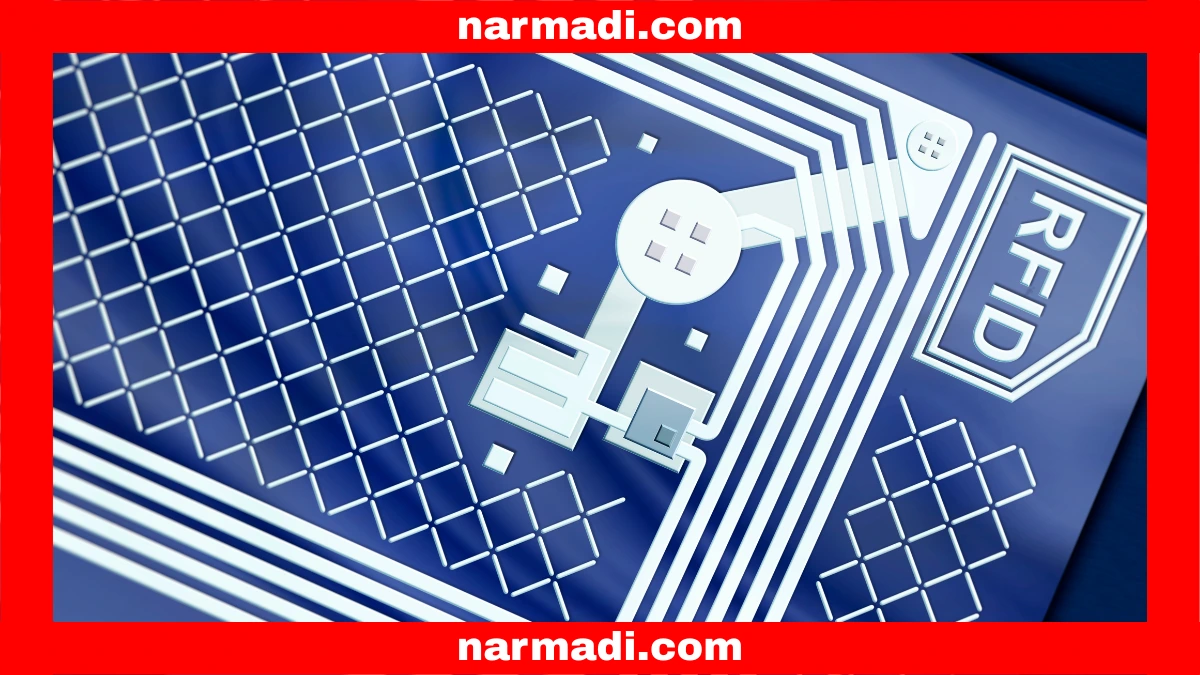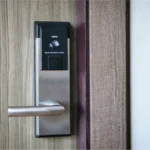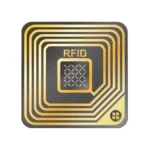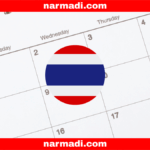Radio frequency identification (RFID) technology is increasingly being used in various industries. The RFID radio frequency type is one of the classifications of tags used.
The RFID radio frequency type is commonly used for communication include low, high, or very high frequencies. These types of frequencies are subject to regulations and standards at the national, regional, and global levels. The goal is to ensure RFID tags can operate with any reader and do not interfere with each other.
Therefore, it is essential to understand the various of RFID radio frequency type. This article will help you obtain information about the different frequencies, ranging from the lowest to the highest.
Also Read
Table of Contents
RFID Radio Frequency Type
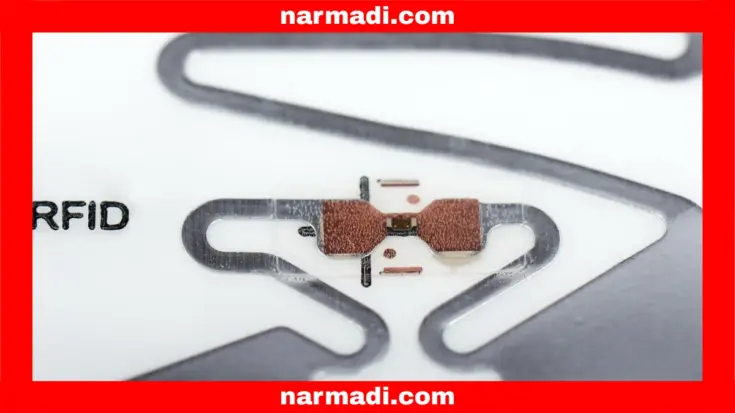
RFID radio frequency types are divided into three categories: low, high, and very high. The following is an explanation of each type of frequency.
Low Frequency (LF) RFID
Low-frequency (LF) RFID is a system that operates within the 30 kHz to 300 kHz frequency range. Low frequencies have a reading range of up to 10 cm.
This type of frequency is resistant to interference from metals and liquids. However, it has a slower speed compared to other types of frequencies.
Common standards for LF RFID include ISO 14223 and ISO/IEC 18000-2. LF tags are used in access control, livestock tracking, and other applications where a short reading range is acceptable.
High Frequency (HF) RFID
High-frequency (HF) RFID is a system that operates in the 3 MHz to 30 MHz frequency range. High frequencies provide a reading range of 10 cm to 1 m.
This type of frequency has better and faster data transfer speeds than low frequencies. Additionally, it operates effectively in humid environments and on objects that contain water. However, it is quite sensitive to radio wave interference.
Common applications include e-ticket payments and data transfer. Near Field Communication (NFC) technology is based on HF RFID and has been used for payment cards and hotel key cards. Other types of smart card and proximity card payment and security systems also use HF technology.
Applicable standards for HF RFIS include ISO 15693, ECMA-340, ISO/IEC 18092 (for NFC), ISO/IEC 14443A, and ISO/IEC 14443 (for MIFARE and other smart card solutions).
Ultra High Frequency (UHF) RFID
Ultra-high frequency (UHF) RFID is a system that operates in the frequency range between 300 MHz and 3 GHz. This frequency offers a reading range of over 12 meters.
This type of frequency has the fastest data transfer speed. However, it is more sensitive to interference from metals, liquids, and electromagnetic signals. Some of these issues are being addressed in the development of new design innovations.
UHF tags are often used in retail inventory tracking, drug counterfeiting prevention, and other applications that require a large number of tags. The common standard for UHF RFID is the global EPC Gen 2/ISO 18000-6C, which is widely recognized for its use in tracking applications.
LF vs HF vs UHF RFID Tags Differences
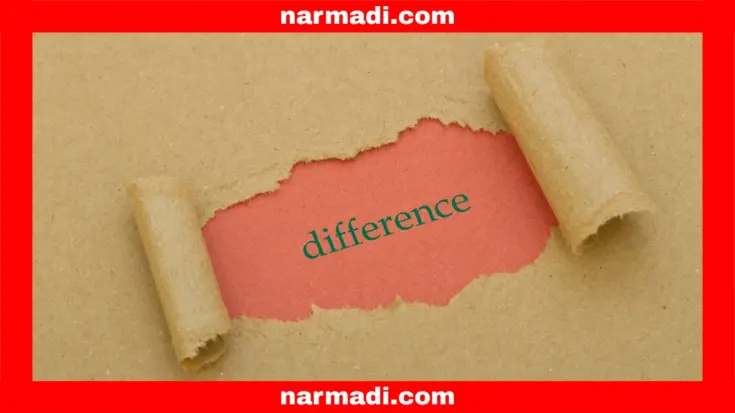
RFID radio frequency types differ from one another. The differences include frequency, read range, data transfer speed, interference resistance, and general use. In short, LF RFID has the shortest read range but performs well in metal and liquid environments.
In addition, HF RFID has a medium read range and is used for applications such as contactless payments. Meanwhile, UHF RFID has the longest read range and fastest speed, making it ideal for large-scale logistics and inventory tracking.
Here are the differences in more detail:
| Aspects | LF RFID | HF RFID | UHF RFID |
| Frequency | 304–300 kHz | 3–30 MHz | 300 MHz – 3 GHz |
| Reading Range | Up to 10 cm | 10 cm to 1 meter | Up to 12 meters |
| Data Transfer Speed | Slowest | Medium | Fastest |
| Interference Resistance | Excellent near metal and liquids | Medium interference | Sensitive to interference, especially from metal |
| General Use | Animal identification, access control, and vehicle immobilizers | Contactless payment, tickets, smart cards, and library systems | Supply chain management, inventory level, logistics, and large-scale asset tracking |

